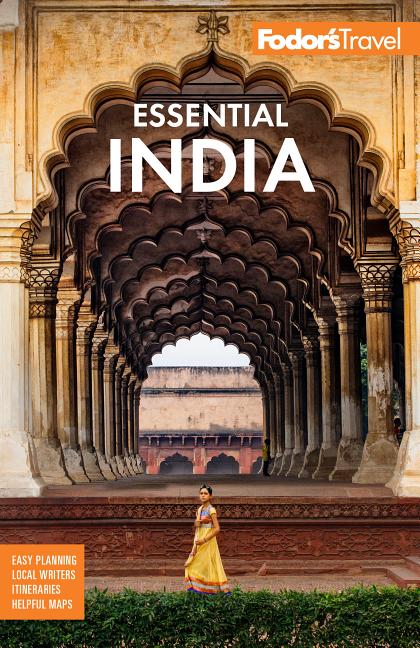Hotels
Many Kerala resorts make use of traditional regional architecture, from tribal-style huts to elaborate wooden manors. Heritage properties transplant or reassamble traditional teakwood homes, or tharavads, while other hotels are newly built in the old style, helping to support traditional carpentry.
In cities, most hotels have air-conditioning, but many resorts in less populated and cooler areas do not. Beach properties often rely on fan and sea breezes, and in the hilly interior, air-conditioning is usually unnecessary and rooms may not even have fans. Some buildings have no window screens, so if a cool and/or bug-free sleep is part of your plan, ask about both and request a mosquito net/curtains. Many resorts, even upscale establishments, don't have TVs in guest rooms. Outside of cities, power supply is tenuous. Most hotels, even small ones, have their own generators, but they take a few seconds to kick in. Don't be surprised if you're left in the darkness for a moment—it's unavoidable. Most rooms are equipped with flashlights or an emergency light.
Some lodgings charge a 10% service fee, and the state government tacks on another 6%–16%, depending on the facilities. In luxury places, count on paying up to 25% in taxes. You may be able to offset such fees with off-season discounts—around 50% during the monsoon season, from June to August. When booking during off seasons make sure you push hotels to give you the best possible rate; they discount quite a bit from the quoted rate or the rate on their websites. On the other hand, many hotels charge higher-than-usual rates in peak season, from mid-December to mid-January.




